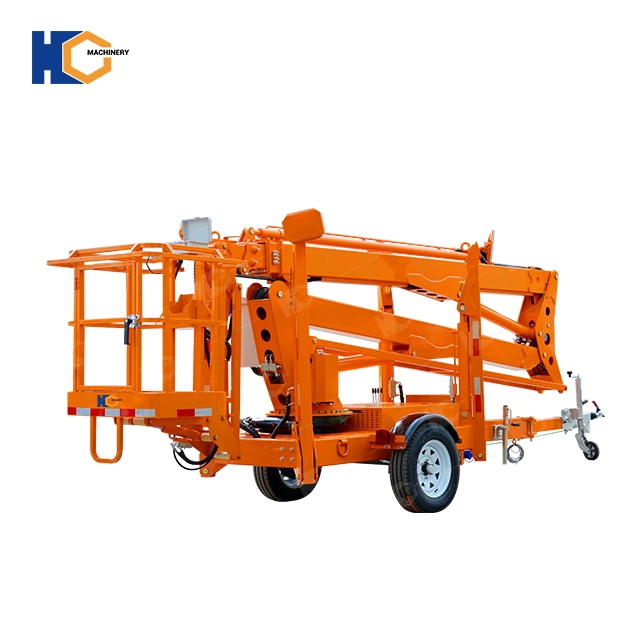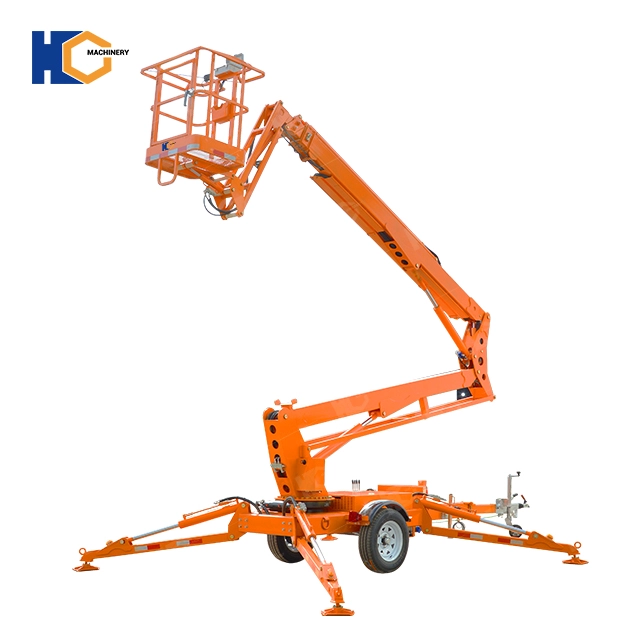![]() 20m boom lift configuration list.pdf
20m boom lift configuration list.pdf
What is the telescopic boom lift?
The telescopic boom lift is a lifting equipment specially designed for high-altitude operations. It is widely used in construction, bridge construction, shipbuilding and other fields, providing workers with a safe and efficient working platform. Through the design of the telescopic boom lift, this equipment allows operators to easily reach high places to perform various operations, such as installation, maintenance, etc. The uses of the articulating arm are not limited to these fields. It also provides convenience and safety for situations where high-altitude operations are required.
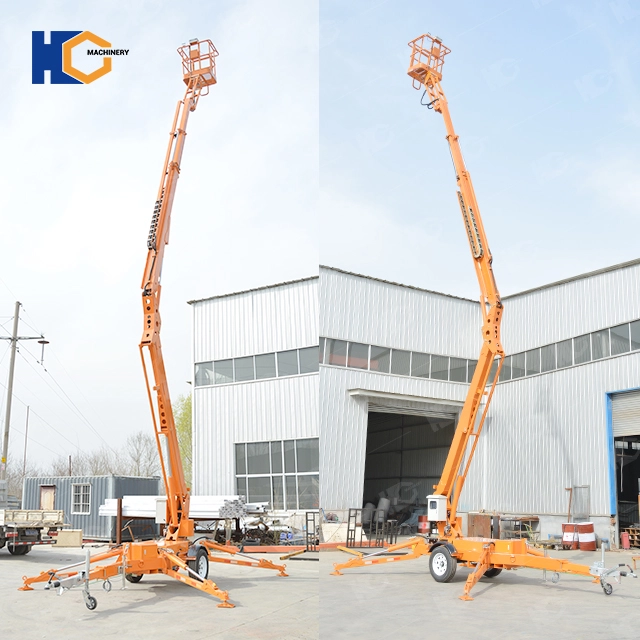
What parts do the telescopic boom lift consist of?
The equipment structure of the telescopic boom lift mainly includes the basic frame, body, extendable articulating arm, working platform, hydraulic system and control system. The extendable articulating arm is the core component of the extendable articulating arm. It usually consists of a multi-section telescopic arm that can be extended vertically and horizontally to reach the working position. The working platform is located at the end of the telescopic boom lift and can accommodate workers and tools, providing a stable working environment. The hydraulic system is used to control the telescopic and translation movements of the telescopic boom lift to ensure safe and efficient operations. The control system is used to control the operation of the entire equipment, including the movement of the telescopic boom lift, the lifting and rotation of the working platform, etc.
What are the principle of telescopic boom lift?
The working principle of the high-altitude telescopic boom lift is to use the pressure generated by the hydraulic system to drive the expansion and contraction and translation of the telescopic boom lift to achieve the positioning and movement of the working platform. Workers can flexibly operate the telescopic boom lift through the control system to accurately move the working platform to the working position to perform required high-altitude operations. High-altitude telescopic boom lift usually have a high working height and lateral operating range, which can meet the needs of complex operating environments and improve work efficiency.
The working principle of the telescopic boom lift can be simply summarized as follows: the energy provided by the hydraulic system drives the lifting mechanism to complete various actions. Specifically, the telescopic boom lift has the following actions during work:
1. Lifting
By controlling the work of the hydraulic pump, the telescopic boom lift can change the arm length through the lifting and lowering of the hydraulic cylinder, thereby completing the hoisting and placement of goods.
2.Telescopic
By controlling the hydraulic system of the telescopic boom lift, the arm length can be extended and contracted to adapt to different working sites and work needs.
3. Rotate
The rotating mechanism of the telescopic boom lift can realize the rotation of the telescopic boom lift, thereby achieving precise positioning and manipulation of goods.
4.Variation
The luffing mechanism of the telescopic boom lift can adjust the arm length of the telescopic boom lift to adapt to changes in different sites and work requirements.
What should you pay attention to when using this machine?
When using a high-altitude telescopic boom lift, you need to pay attention to safety matters, including checking the stability of the equipment, the operator's operating skills, and the safety of the working environment. Regular equipment maintenance and upkeep are also key to ensuring the normal operation of aerial telescopic boom lift.
The high-altitude telescopic boom lift is an efficient and safe high-altitude working equipment. By in-depth understanding of its equipment structure and working principle, you can better master its operating skills and safety points to ensure the smooth progress of the operation.
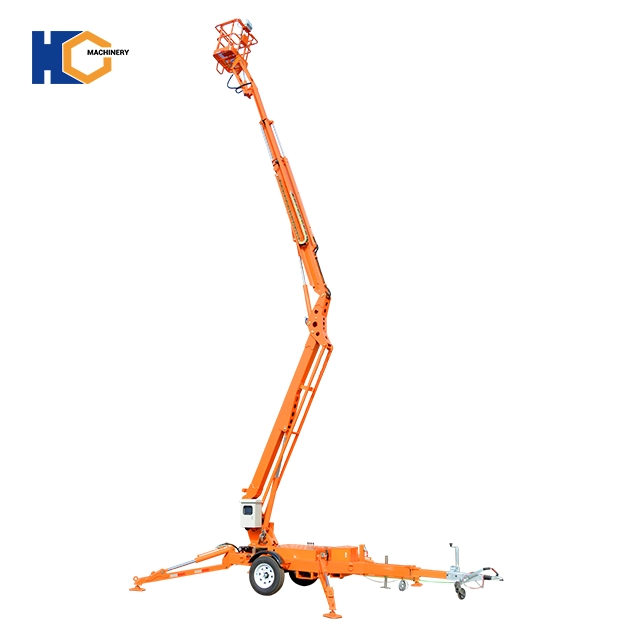
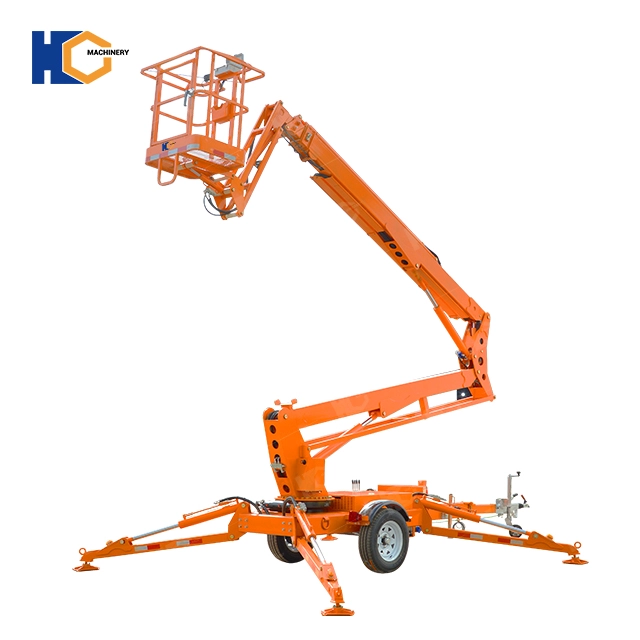

235.webp)
